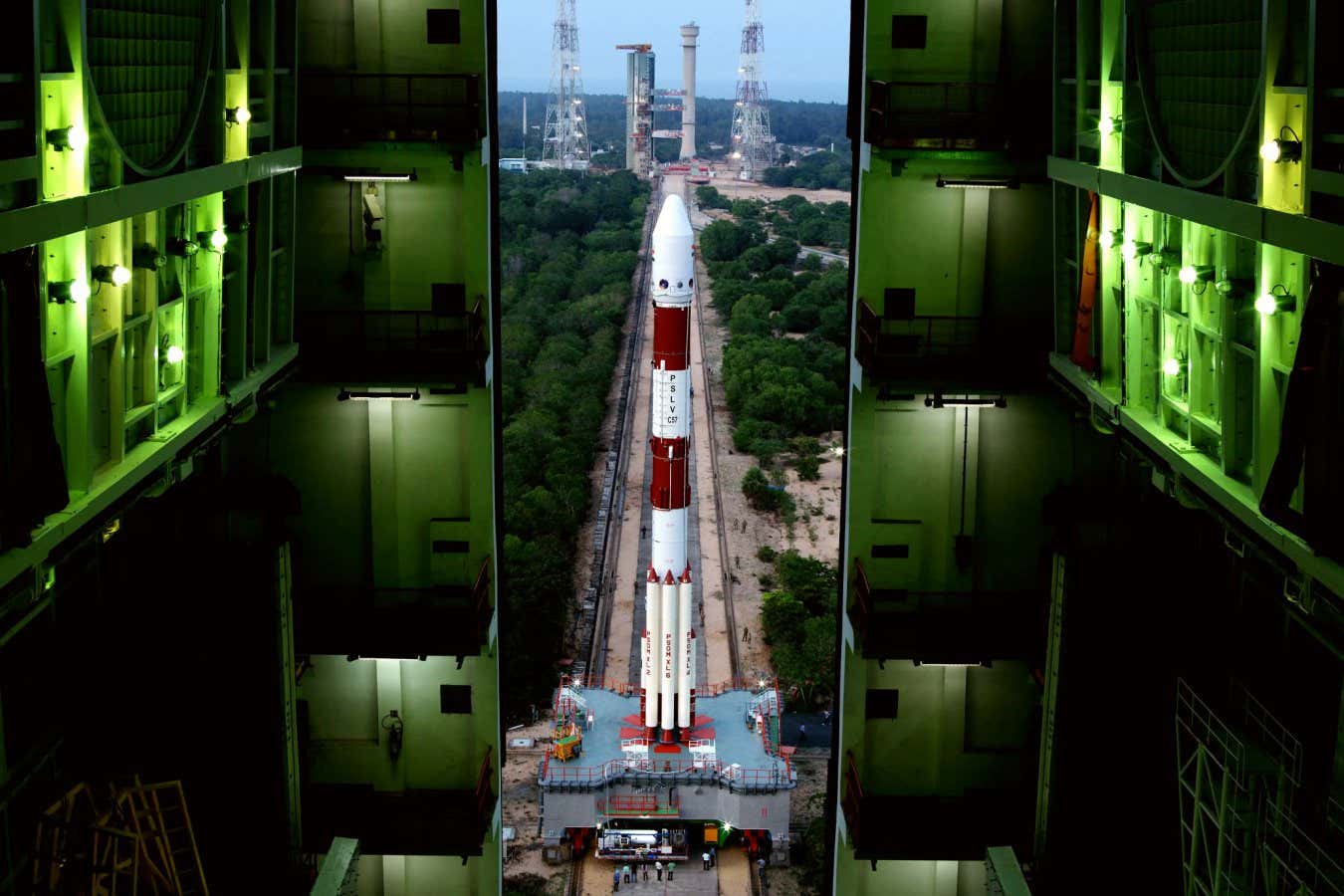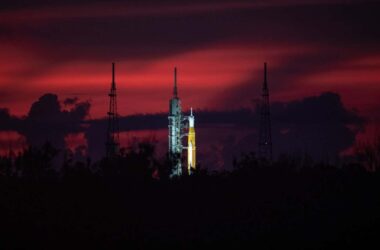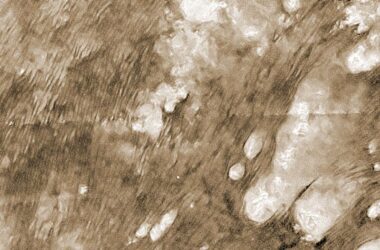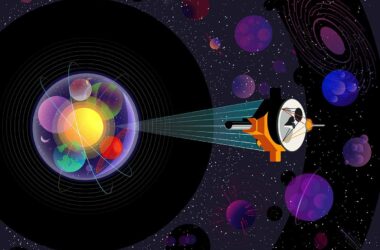India is set to launch a solar observation satellite, known as Aditya-L1, which aims to deepen our understanding of the sun and its impact on Earth’s weather. This comes shortly after India became the first country to successfully land near the moon’s south pole. The mission is expected to place India at the forefront of solar space observation and provide valuable data to scientists worldwide.
The Indian Space Research Organisation (ISRO) will launch Aditya-L1 on September 2nd using a PSLV-XL rocket from the Satish Dhawan Space Centre on the east coast of India. The satellite is named after the Hindu sun god and will be placed in orbit around Lagrange point 1 (L1) – the point between Earth and the sun where the gravitational pull from both bodies is equal. This positioning will allow Aditya-L1 to continuously observe the sun without obstructions and take advantage of the gravitational equilibrium to maintain its position with minimal fuel usage.
Aditya-L1 weighs 1500 kilograms and will carry seven scientific payloads, all developed within India. Four of these payloads will directly observe the sun, while the remaining three will measure particles and magnetic fields from L1. The mission aims to investigate why the sun’s corona is hotter than its surface and study solar wind and flares.
Scientists around the world are eagerly anticipating the valuable data that Aditya-L1 will provide. However, they will have to wait for 109 days after launch for the satellite to reach its final position and begin measurements. Helen Mason, a researcher at the University of Cambridge, highlights the uniqueness of the mission’s instruments, stating that they will push the boundaries of our current understanding.
Topics:








